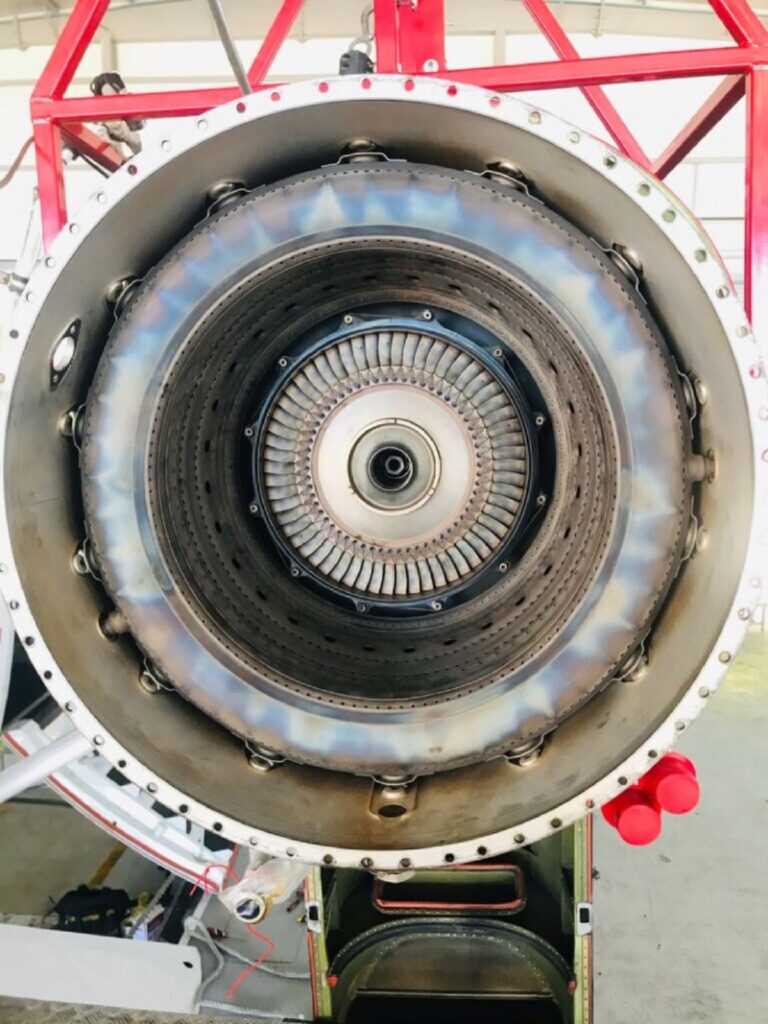HOT SECTION INSPECTION
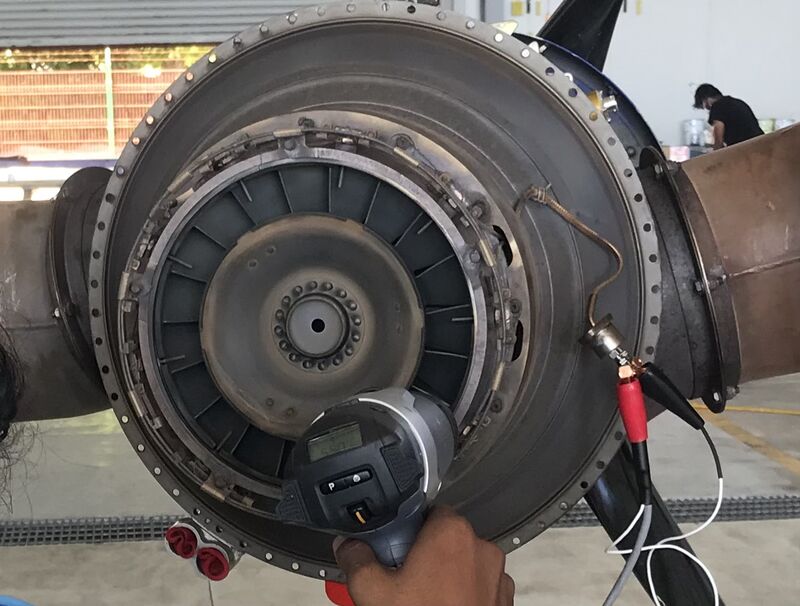
WHICH PARTS ARE INVOLVED?
A hot section inspection (HSI) involves examining the condition of the turbine blades, the combustion chamber, the stators, the vane rings, the compressor turbine disk and the shroud segments
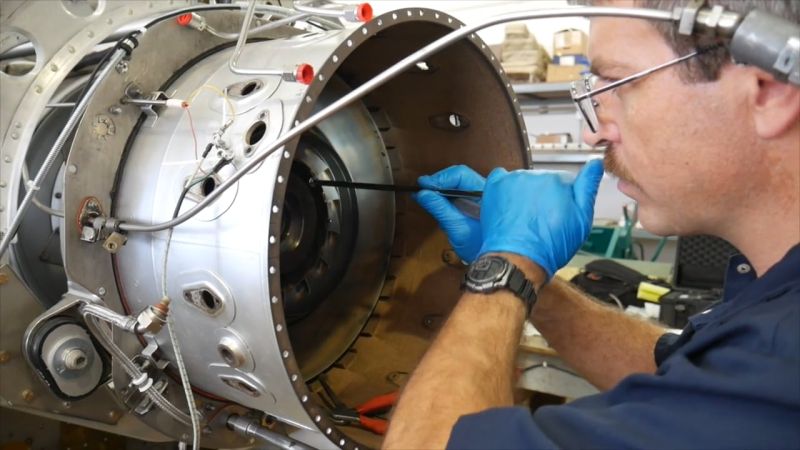
WHEN SHOULD YOU DO IT?
required when the engine reaches the halfway point of its time between overhauls If the 4,000 hours, an HSI should be scheduled at 2,000 hours of operation. known as a ‘hard-time’ HSI. specified in its maintenance manual
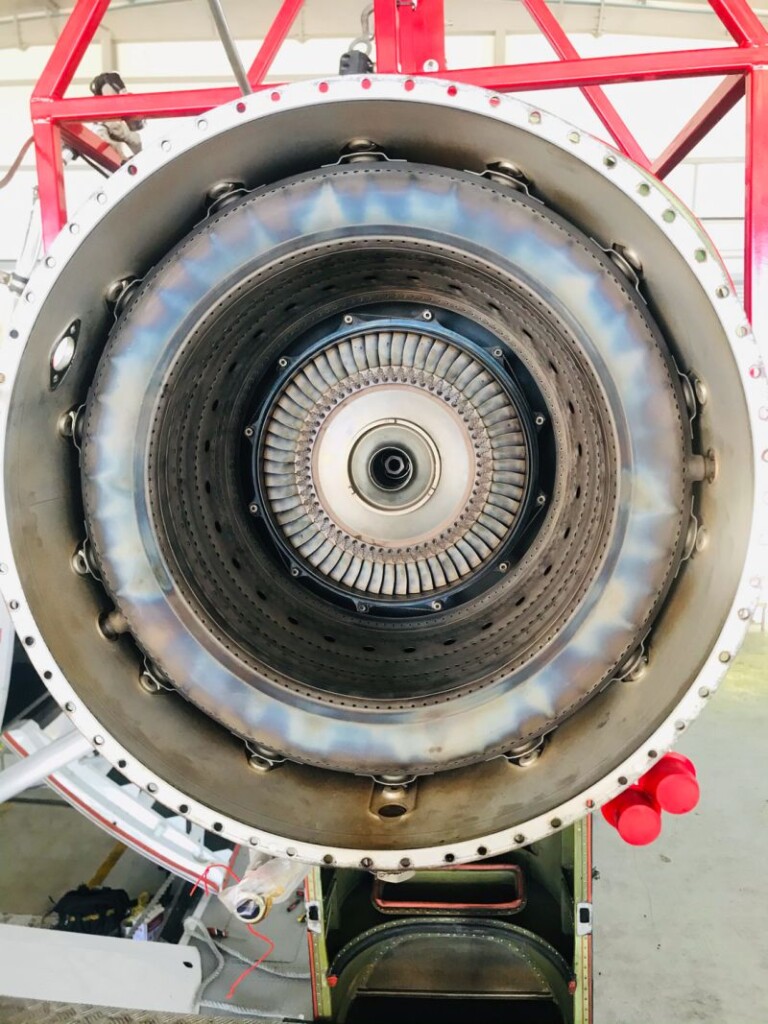
While an HSI is usually done as a preventive, planned maintenance activity, unscheduled inspections are sometimes needed. if the battery is not in good condition when the engine starts up, it can result in an ‘overtemp’ (high ITT) situation, warranting an unscheduled HSI
Any certified technician can do an HSI. who has taken a course from P&WC and received approval from the local aviation authority, such as Transport Canada or the FAA in the United States
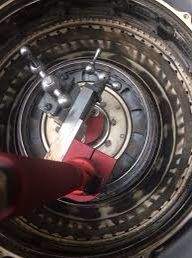
WHY IS IT REQUIRED?
It helps make sure that the aircraft engine will continue delivering the expected power and performance. It will increase the engine’s durability. And it can reduce maintenance costs by providing operators with more control over their maintenance activities.
HSI is also an asset when selling a used aircraft. An engine that is ‘fresh since HSI’ or ‘fresh since overhaul’ is more valuable than one which has not been inspected recently.
HOW DOES IT REDUCE COSTS?
An HSI can reduce operating costs by identifying small problems before they lead to more serious damage, which requires replacement of parts.
Author – Neranjan Danthure Bandara

